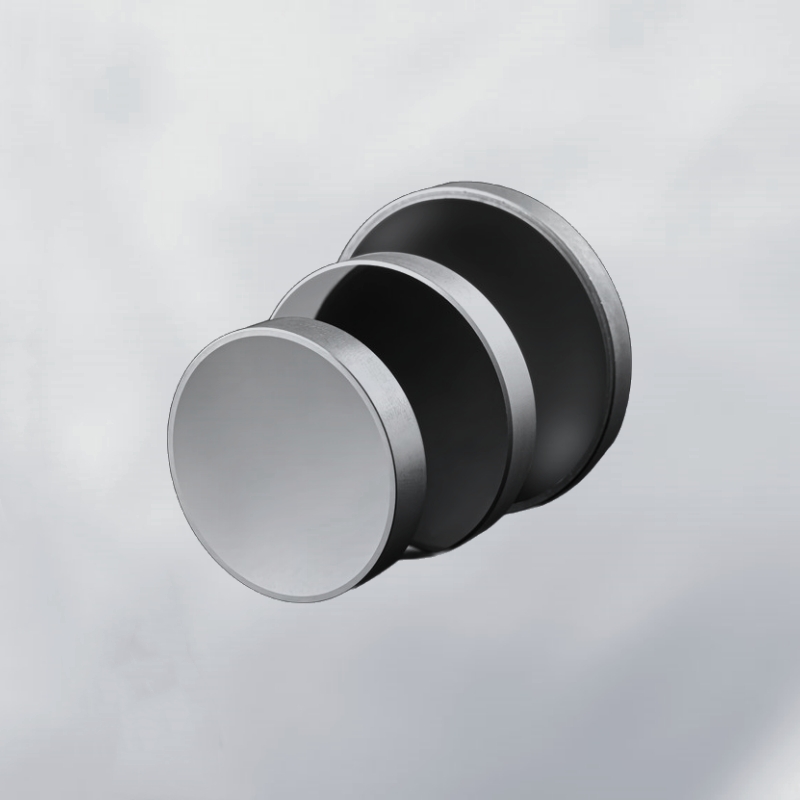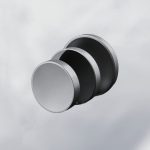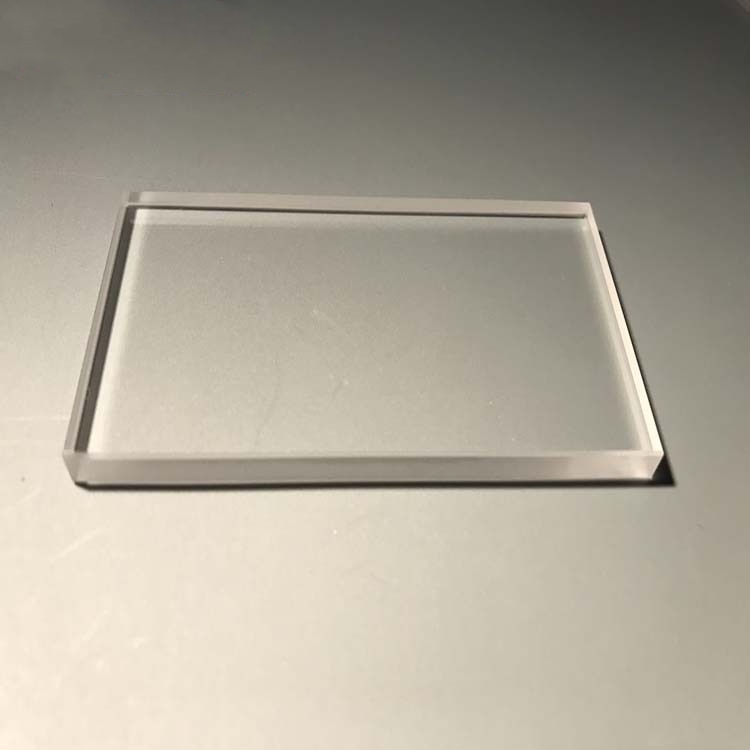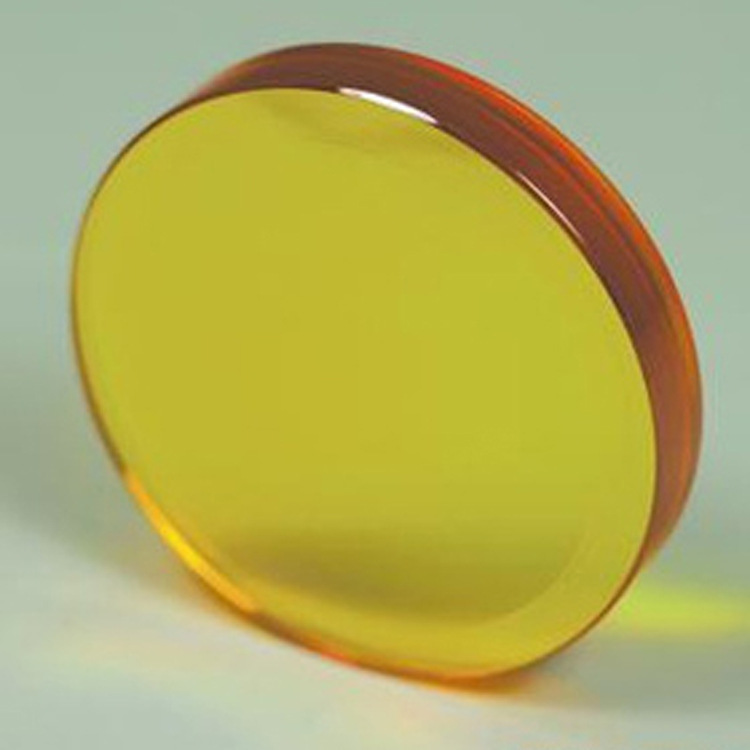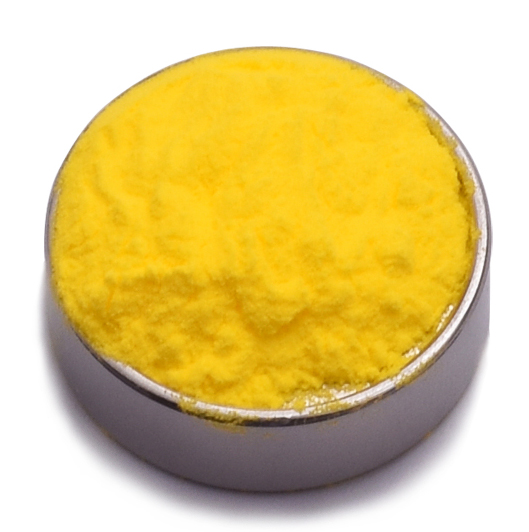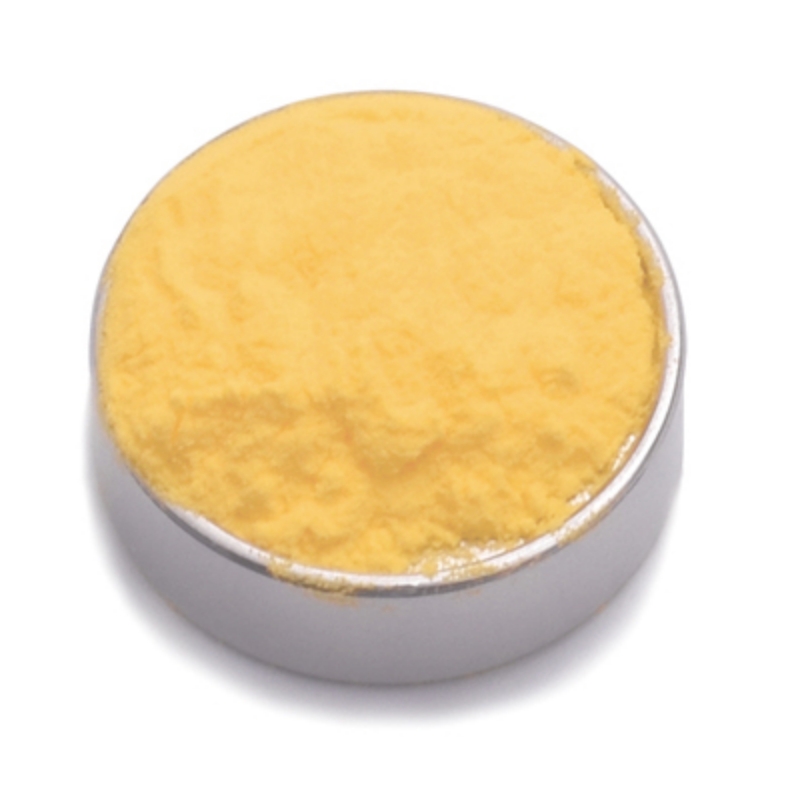Silicon double-concave lens is a high-performance optical component designed for controlled beam expansion, minimized spherical aberration, and superior infrared transmission. Manufactured from high-purity crystalline silicon, it offers exceptional optical clarity, strong resistance to environmental fluctuations, and reliable thermal stability. This precision lens is widely used in infrared imaging, laser optics, aerospace applications, and scientific instrumentation, ensuring optimal light manipulation and performance for advanced optical systems.
Product Overview
The Silicon (Si) double-concave lens is a specialized optical element with two inward-curved surfaces that cause light to diverge. With a negative focal length, this lens is commonly used for beam expansion, projection, and increasing the focal length of optical systems. Silicon double-concave lenses are widely used in devices such as LiDAR (Light Detection and Ranging), optical sensors, and spectrometers as transmission or reflection elements in optical paths. Manufactured using precision cutting and polishing techniques, this lens ensures high accuracy in shape and size, delivering excellent optical performance.
Key Features
- Negative Focal Length: The lens features a negative focal length, making it ideal for light divergence or beam collimation applications.
- Precision Manufacturing: The lens is crafted using precision cutting, polishing, and machining processes to ensure dimensional accuracy and a smooth surface finish.
- Excellent Optical Transmission: The lens offers exceptional optical performance in the 1-7 μm and far-infrared ranges (30-300 μm), ensuring efficient light transmission.
- Stability: Silicon is known for its excellent thermal stability and mechanical strength, making this lens suitable for use in a variety of environmental conditions.
- Beam Divergence: This lens is designed to diverge parallel incident light towards a virtual focal point, ideal for beam expanders, beam collimators, and other related applications.
Applications
- LiDAR (Laser Detection and Ranging): Used in LiDAR systems for beam expansion and collimation to improve system performance.
- Optical Sensors: A key component in optical sensors, ensuring the stability and accuracy of optical systems.
- Spectrometers: Used in spectrometry to adjust the beam shape and expand the focal length for improved measurement precision.
- Beam Expanders: Commonly used in Galilean beam expanders to diverge a collimated beam to a virtual focal point.
- Infrared Applications: Due to its excellent transparency, especially in the 1-7 μm and far-infrared ranges, this lens is widely used in infrared optical systems.
- Optical System Design: Serves as a core element in the design of various optical systems, performing critical functions such as beam expansion, collimation, and projection.
| Optical Property | Value |
| Transmission Range | 1.2-15 μm |
| Refractive Index | 3.41776 @ 10μm |
| Reflection Loss | 46.1% @ 10μm |
| Structure | Single crystal, synthetic |
| Cleavage Planes | <111 |
| Physical Property | Value |
| Density | 2.33 g/cm³ |
| Melting Point | 1414 ℃ |
| Thermal Conductivity | 163 W/(m·K) @ 313K |
| Thermal Expansion | 2.6 × 10⁻⁶/K @ 293K |
| Knoop Hardness | 1100 kg/mm² |
| Specific Heat Capacity | 712.8 J/(kg·K) |
| Dielectric Constant | 13 @ f = 9.37 GHz |
| Young's Modulus | 130.91 GPa |
| Shear Modulus | 79.92 GPa |
| Bulk Modulus | 101.97 GPa |
| Poisson's Coefficient | 0.266 |
| Chemical Property | Value |
| Solubility | Insoluble |
| Molecular Weight | 28.09 g/mol |
| Property | Value |
| Diameter Range | 2-300mm |
| Focal Length | 15-5000mm |
| Thickness | 0.12-60mm |
| Surface Quality | 80-50, 60-40, 40-20, 20-10, 10-5 |
| Surface Flatness | λ/2, λ/4, λ/8, λ/10 |
| Clear Aperture | >90% |
| Coating | Customizable |
Submit Your RequirementsWe will contact you within 24 hours.
 WOBO Scientific Research New Materials One-Stop Service Platform
WOBO Scientific Research New Materials One-Stop Service Platform


